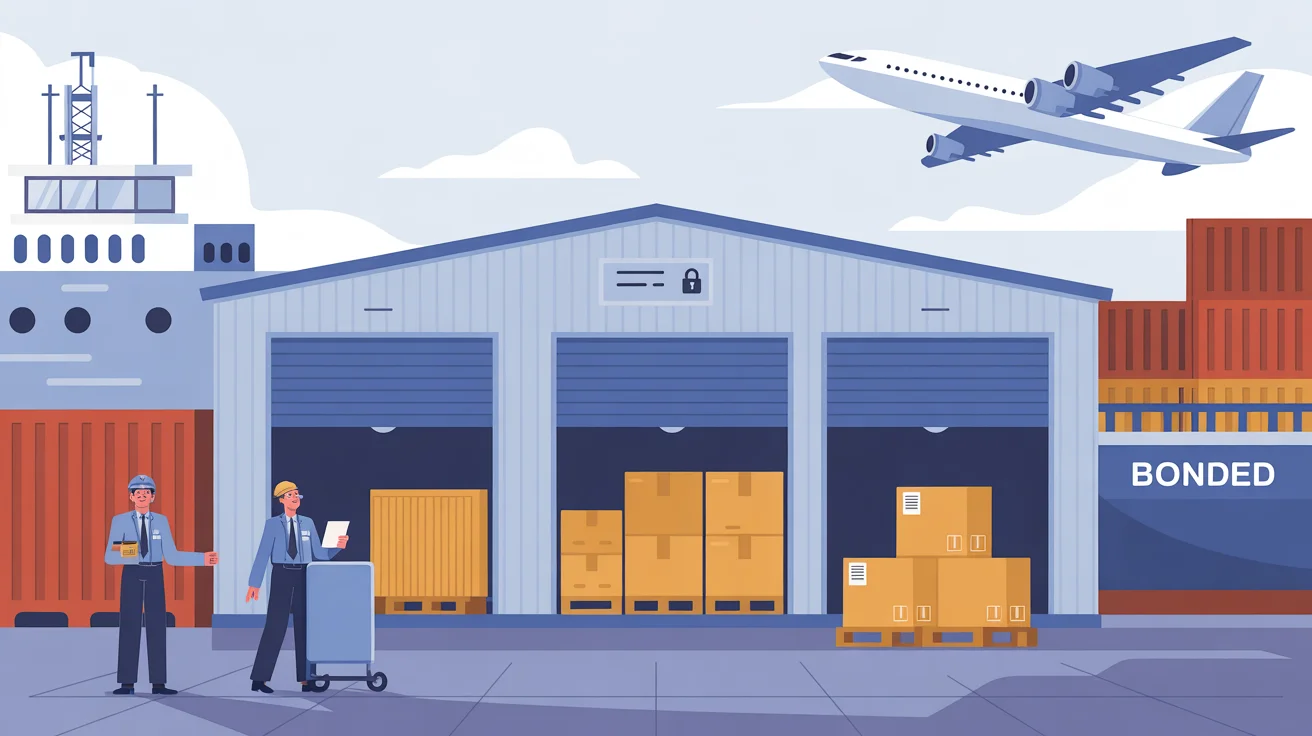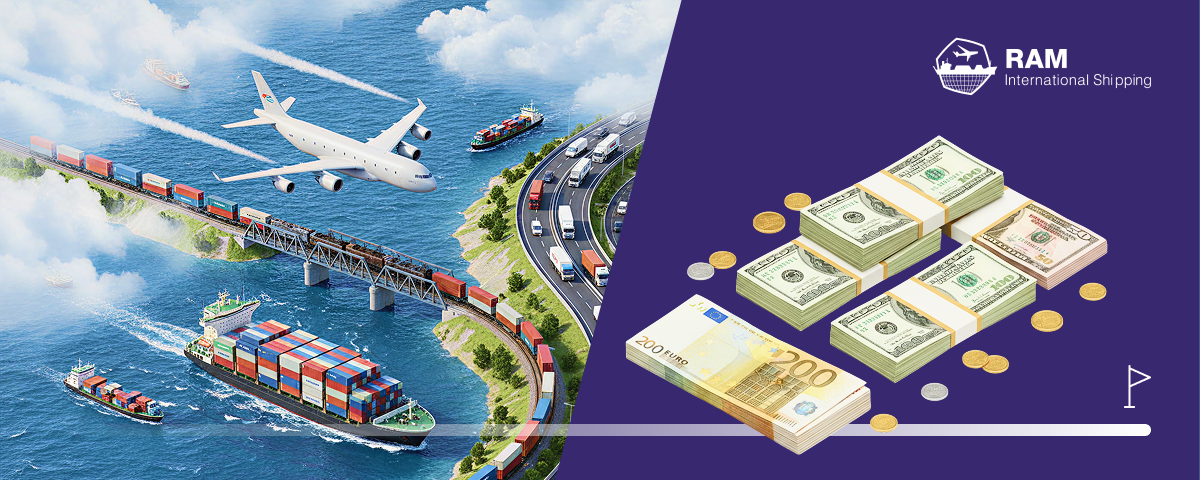
Land transportation plays a crucial role in the logistics industry, ensuring the movement of goods efficiently between locations using roads and railways. This mode of transportation is essential for supply chain operations, enabling businesses to deliver raw materials, finished products, and other cargo to various destinations. In this article, we will explore the concept of land transportation in logistics, its types, advantages, challenges, and its role in modern supply chains.
Understanding Land Transportation in Logistics
Land transportation refers to the movement of goods and people over land using various vehicles such as trucks, vans, trains, and other modes. It is a fundamental part of the logistics process, responsible for first-mile and last-mile delivery, intermodal transportation, and regional distribution.
Types of Land Transportation
Land transportation in logistics can be broadly classified into two main categories.
1. Road Transportation
- Trucks and Lorries: Used for long-distance freight transport, including bulk cargo, perishable goods, and oversized shipments.
- Vans and Light Commercial Vehicles (LCVs): Ideal for short-haul deliveries, e-commerce shipments, and urban distribution.
- Buses and Specialized Vehicles: Used for passenger transport and specific industries like construction and agriculture.
2. Rail Transportation
- Freight Trains: Used for transporting large quantities of goods over long distances efficiently and cost-effectively.
- Intermodal Rail Transport: Involves the use of rail and road transport in combination, allowing seamless goods movement.
- Bulk Cargo Trains: Specifically designed for materials such as coal, minerals, and liquids.
Advantages of Land Transportation in Logistics
- Cost-Effective: Compared to air and sea freight, road and rail transportation offer lower operational costs, making them ideal for domestic and regional shipments.
- Accessibility: Roads and railway networks cover a vast area, enabling door-to-door delivery and connectivity between urban and rural regions.
- Flexibility: Trucks and vans can be used for multiple types of cargo, with adjustable routes and schedules according to demand.
- Efficiency in Short Distances: Land transportation is highly efficient for short-haul and last-mile delivery, ensuring faster fulfillment of customer orders.
- Reliability: Unlike air or sea transportation, land transport is less affected by weather conditions and customs regulations, ensuring timely deliveries.
Challenges in Land Transportation
Despite its advantages, land transportation faces several challenges, including:
- Traffic Congestion: Urban areas experience high traffic, leading to delivery delays and increased fuel consumption.
- Fuel Costs: Rising fuel prices directly impact the cost of road transport operations.
- Infrastructure Limitations: Poor road conditions, inadequate rail networks, and lack of proper logistics hubs can hinder efficient transportation.
- Regulatory Compliance: Different countries and states have varying regulations regarding vehicle weight limits, emissions, and driver working hours.
- Environmental Concerns: Carbon emissions from trucks and trains contribute to pollution, making sustainability a growing concern.
Role of Land Transportation in Modern Supply Chains
Land transportation is indispensable in today’s logistics industry, playing a key role in:
- First-Mile and Last-Mile Delivery: Ensuring goods reach the final consumer efficiently, especially in e-commerce and retail logistics.
- Intermodal Logistics: Seamlessly integrating with air and sea transport for a holistic supply chain approach.
- Warehousing and Distribution: Facilitating goods movement between warehouses, fulfillment centers, and retail outlets.
- Cold Chain Logistics: Enabling the transport of temperature-sensitive products such as food, pharmaceuticals, and chemicals.
- Just-In-Time (JIT) Inventory Management: Supporting businesses by providing timely delivery of goods to reduce storage costs.
Land transportation in logistics remains one of the most vital components of supply chain management. Its accessibility, flexibility, and cost-effectiveness make it an essential choice for businesses worldwide. However, to maximize its efficiency, companies must address challenges such as infrastructure limitations, environmental impact, and regulatory compliance. With technological advancements and sustainable practices, land transportation continues to evolve, ensuring smooth and efficient logistics operations.



